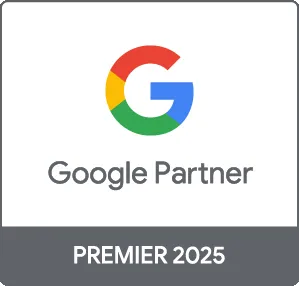Google Ads personalization is an essential aspect of modern digital marketing, allowing businesses to reach their target audience more effectively. By tailoring ads to individual users based on their behavior, interests, and demographics, you can boost engagement and conversion rates. In this blog post, we'll explore how to effectively implement personalization in your Google Ads campaigns, presenting actionable strategies and best practices.
What is Google Ads Personalization?
Google Ads personalization refers to the practice of customizing ad experiences to individual users. This can involve showing different ads based on user behavior, preferences, and demographic information, thereby increasing the relevance of your campaigns.
1. Utilize Customer Data
To effectively personalize your Google Ads, you must leverage customer data:
- Remarketing Lists: Create remarketing lists based on user behavior on your website to target previous visitors.
- Customer Match: Use your existing customer list to serve personalized ads to specific users.
- Audience Insights: Utilize Google Analytics to gather information about your audience's demographics and interests for better-targeted campaigns.
2. Dynamic Keyword Insertion
Dynamic keyword insertion allows you to customize ad copy to match the search query of the user. This leads to higher relevance and improves click-through rates:
- Use the {keyword:default} syntax in your ad copy to insert keywords automatically.
- Ensure that the ad remains grammatically correct when the keyword is inserted.
3. Geo-Targeting and Location-Based Personalization
Tailoring ads based on geographical location enhances relevance:
- Region-Specific Offers: Promote specific products or services pertinent to the user’s geographic area.
- Location Extensions: Use location extensions to provide your business address and encourage visits to your physical location.
4. Ad Customizers
Ad customizers allow you to create ads that dynamically change based on various factors:
- Custom Parameters: Define custom parameters, such as inventory levels or special offers, to make your ads more relevant.
- Countdown Timers: Create urgency by using countdown timers for limited-time promotions.
5. A/B Testing for Personalization
Continuous testing is crucial to understand what resonates with your audience:
- Run A/B tests on different ad copy versions to see which personalization strategies work best.
- Analyze performance data to refine your campaigns further.
Conclusion
Implementing Google Ads personalization can significantly improve your campaign's effectiveness, engagement, and ROI. By leveraging data, employing dynamic ad strategies, and continuously optimizing your approach, you can ensure that you're reaching your audience with the most relevant messages. At Prebo Digital, we specialize in creating data-driven Google Ads campaigns tailored to your business needs. Contact us today to learn how we can help you maximize your advertising efforts!





